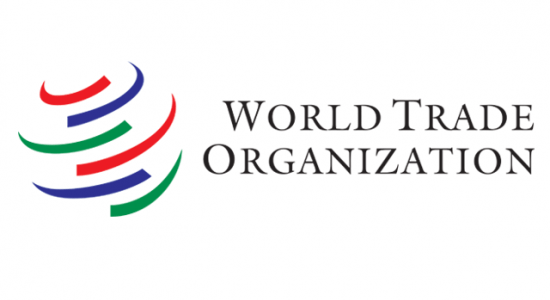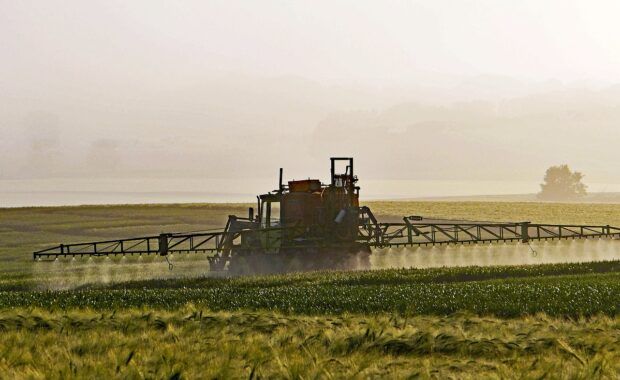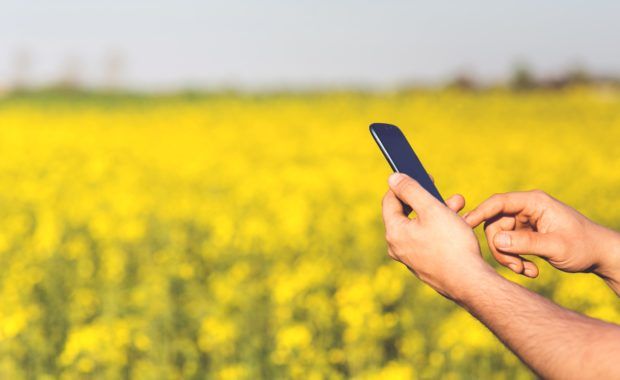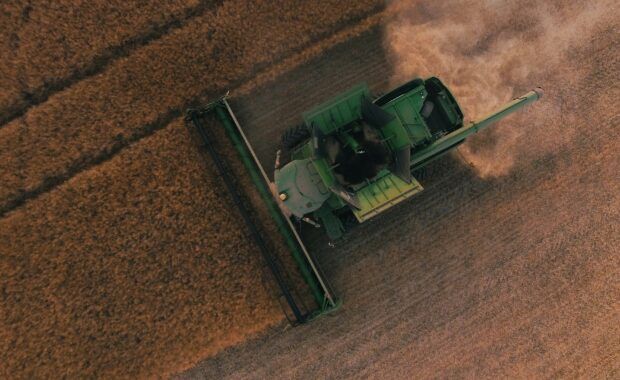The Commission adopted on 30 September a delegated act establishing measures in the Bay of Biscay by 2025 to prevent incidental catches of dolphins and other small cetaceans caused by fisheries. These measures are the subject of a joint recommendation by Belgium, Spain, France and Portugal. Unless the European Parliament or the Council objects within […]
Read MoreCommission opens WTO consultations on China’s anti-subsidy investigation on EU dairy products
The Commission has today launched a request for consultation of the World Trade Organisation (WTO), challenging China’s initiation of an anti-subsidy investigation against imports of certain EU dairy products. This is the first time that the EU has decided to challenge an investigation at its initial stage. The EU’s action has been prompted by an […]
Read MoreSpanish company prizewinner at the third edition of the EU Green Awards
Yesterday, on the occasion of EU Organic Day 2024, the European Commission announced the winners of the third edition of the EU Organic Awards. SAiFRESC, located in Valencia, won the award for Best Organic Food Retailer. This year’s winners follow the high standards set by their predecessors and showcase sustainable and inspiring projects across the […]
Read MoreCommission proposes first fishing quotas for 2025 in the Mediterranean and the Black Sea
Today, the Commission adopted its proposal for fishing opportunities for 2025 for the Mediterranean and the Black Seas. The proposal promotes the sustainable management of fish stocks in the Mediterranean and the Black Seas and delivers on the political commitments made in the MedFish4Ever and Sofia Declarations The remaining fishing opportunities will be proposed after the results of the General Fisheries Commission […]
Read MoreEU agriculture ministers meet in Budapest to discuss the farmer-centredness of the Common Agricultural Policy
An informal meeting of agriculture ministers in Budapest on 10 September kicked off the political debate on the post-2027 Common Agricultural Policy. The topic of the meeting was “Farm-centred EU agriculture: towards a competitive, crisis-resilient, sustainable, farmer-friendly, and knowledge-based future Common Agricultural Policy,” in line with the priorities of the Hungarian presidency. European farmers have […]
Read MoreStrategic Dialogue on the Future of EU Agriculture delivers its final report to President von der Leyen
President of the European Commission Ursula von der Leyen received today the final report of the Strategic Dialogue on the Future of EU Agriculture, handed over by the group’s chair, Professor Peter Strohschneider. Entitled “A shared prospect for farming and food in Europe”, the report presents an assessment of challenges and opportunities, followed by a set of recommendations. These suggestions […]
Read MoreSmart farming applications for more sustainable and efficient agriculture
The EU-funded SQAT project is developing a mapping service to tackle soil quality and sustainability issues in the agricultural industry. There has been a large uptake of precision agriculture applications in the past two decades. However, the way most farmers collect information about their soils remains mostly the same. Better data on soil properties would […]
Read MoreCouncil adopts updated fisheries measures in the North-East Atlantic
The Council has formally adopted a set of updated fisheries measures in the North-East Atlantic Fisheries Commission (NEAFC) area. This regulation implements into EU law new rules on management, conservation and control for the NEAFC area, as well as control measures for certain pelagic species in the North-East Atlantic which were agreed during coastal states consultations. The text also […]
Read MoreCommission allocates €77 million in emergency support to farmers in Austria, Czechia, Poland and Portugal
The Commission proposed to mobilise €77 million from the agricultural reserve to support farmers from the fruit, vegetables and wine sectors of Austria, Czechia, Poland who have recently suffered from adverse climatic events of unprecedented magnitude, as well as Portuguese wine producers who face serious market disturbances. The Commission’s proposals, accepted by Member States, allocate […]
Read More








